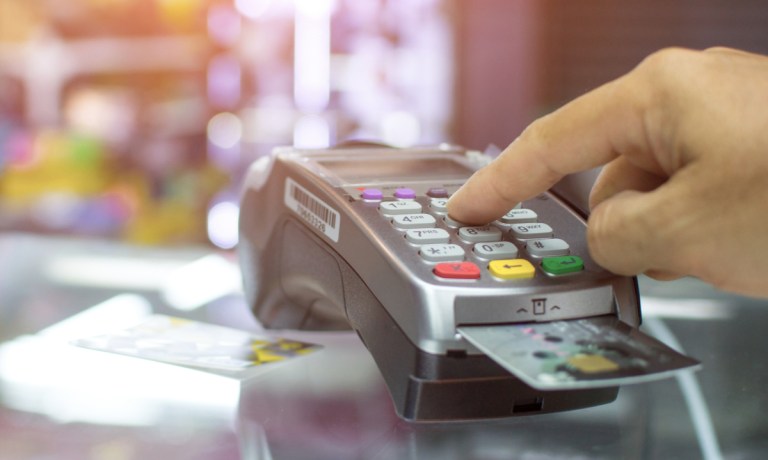Consumers’ Total Outstanding Credit Leaps $23.7 Billion in November

Consumers’ total outstanding credit leapt by $23.7 billion in November after growing by $5.8 billion the previous month.
Revolving credit accounted for $19.1 billion of the increase, while nonrevolving credit made up the other $4.6 billion, the Federal Reserve said Monday (Jan. 8) in its monthly report on consumer credit outstanding.
“In November, consumer credit increased at a seasonally adjusted annual rate of 5.7 percent,” the Federal Reserve said in the report. “Revolving credit increased at an annual rate of 17.7 percent, while nonrevolving credit increased at an annual rate of 1.5 percent.”
This surge in consumer borrowing exceeded economists’ forecasts, Bloomberg reported Monday. The media outlet’s survey of economists had a median forecast of $8.6 billion.
The $23.7 billion increase reported by the Fed exceeded even the highest estimate in that survey, according to the report.
The $19.1 billion increase in revolving credit outstanding was the highest since March 2022, the report said.
Combined with higher borrowing costs resulting from increases in interest rates, this rise in credit card balances means there is a risk that consumers will pull back on their discretionary spending in the coming months, per the report.
The Federal Reserve’s data aligns with a trend noted in an earlier, separate report by the New York Fed.
In a quarterly report released on Nov. 7, the New York Fed said both credit card balances and credit card delinquency increased in the third quarter.
“Credit card balances experienced a large jump in the third quarter, consistent with strong consumer spending and real GDP growth,” Donghoon Lee, economic research adviser at the New York Fed, said at the time. “The continued rise in credit card delinquency rates is broad based across area income and region, but particularly pronounced among millennials and those with auto loans or student loans.”
PYMNTS Intelligence has found that consumers are increasingly relying on credit cards to manage their finances and deal with the impact of rising prices.
One-third of cardholders have increased the share of their expenses paid by credit cards, according to “Credit Card Use During Economic Turbulence,” a PYMNTS and Elan Financial Services collaboration.